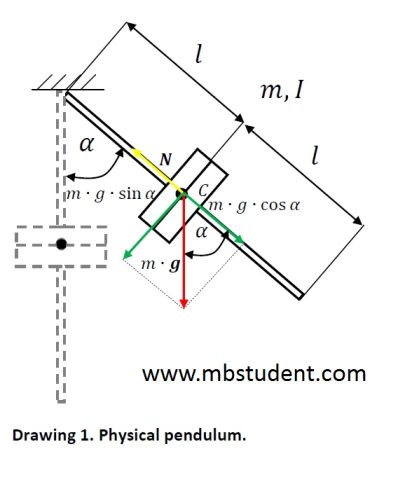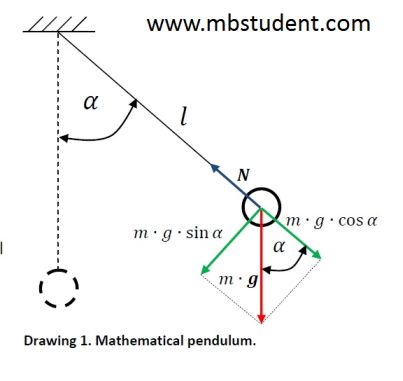From the idiom “the tip of the iceberg” to the terrible disaster of the Titanic on the April 10th 1912 which was cause by the ship’s collision with the iceberg in the Atlantic Ocean. In this article a strict relation between the whole iceberg and its tip is calculated with application of the widely known Archimedes principle.

The Archimedes principle describes the force which works on a material body which is submerged in other fluid. In general a value of this buoyancy force is equal to equivalent of the gravity force which was pushed out by the submerged material body; a direction of the buoyancy force is opposite to the gravity force.
\vec{F_{b}} = -\vec{g} \cdot d \cdot VThe iceberg presented above is in the static equilibrium, therefore, the vector of gravity force G is compensated by the vector of buoyancy force . Assuming that a chosen coordinate system shows that positive direction is upwards then:
\vec{F_{b}} - \vec{G}= \vec{0}Previous equation, in scalar representation, can be written as
g \cdot d_{H_{2}O-LIQUID} \cdot (V - V') = \cdot d_{H_{2}O-ICE (SOLID)} \cdot VAfter taking into account the numerical values for water’s density in solid and liquid state of condensation. It can be shown with quite good accuracy
V' = 0.0833 \cdot VThereby the tip of the iceberg constitutes less than the 90 percent of the iceberg. More detailed calculations are available at the Archimedes principle – example 1.


